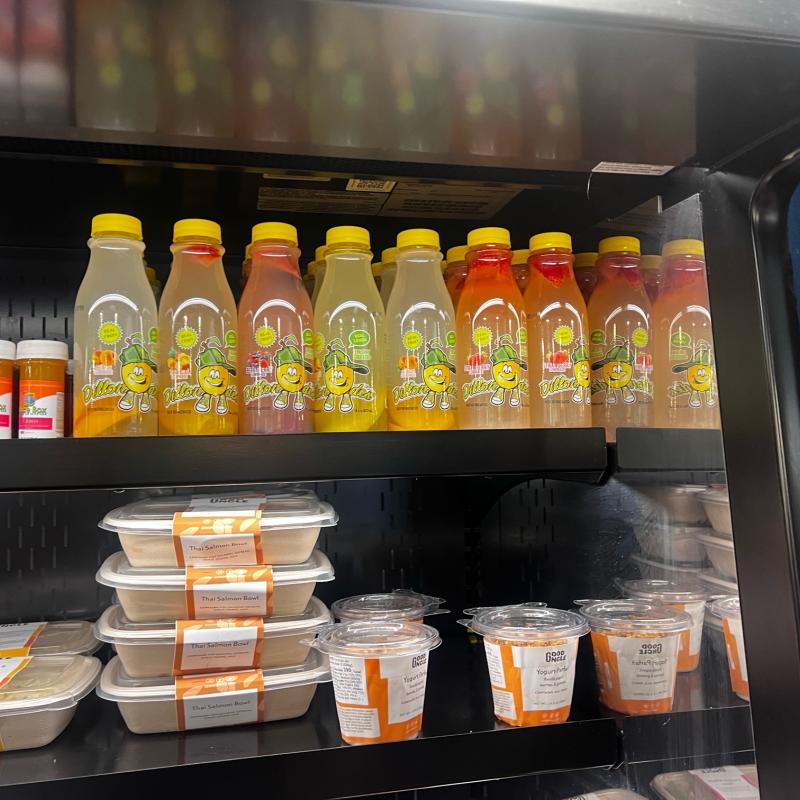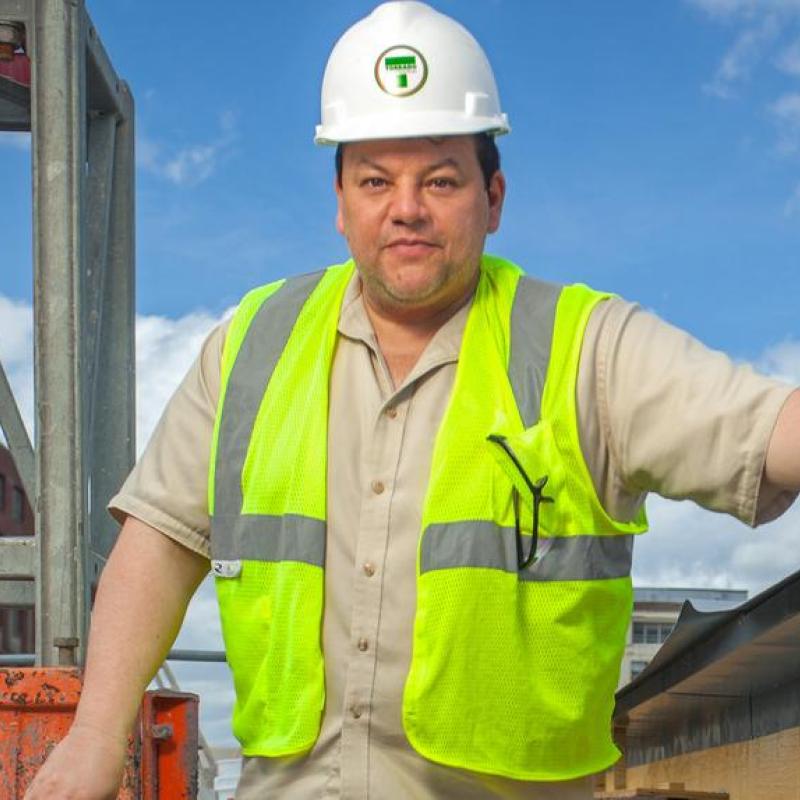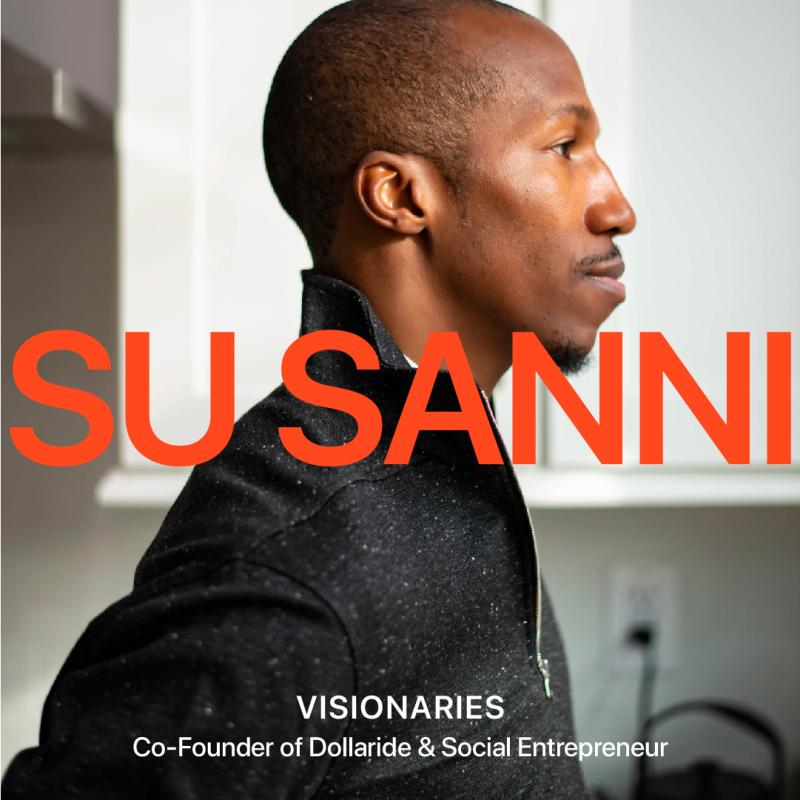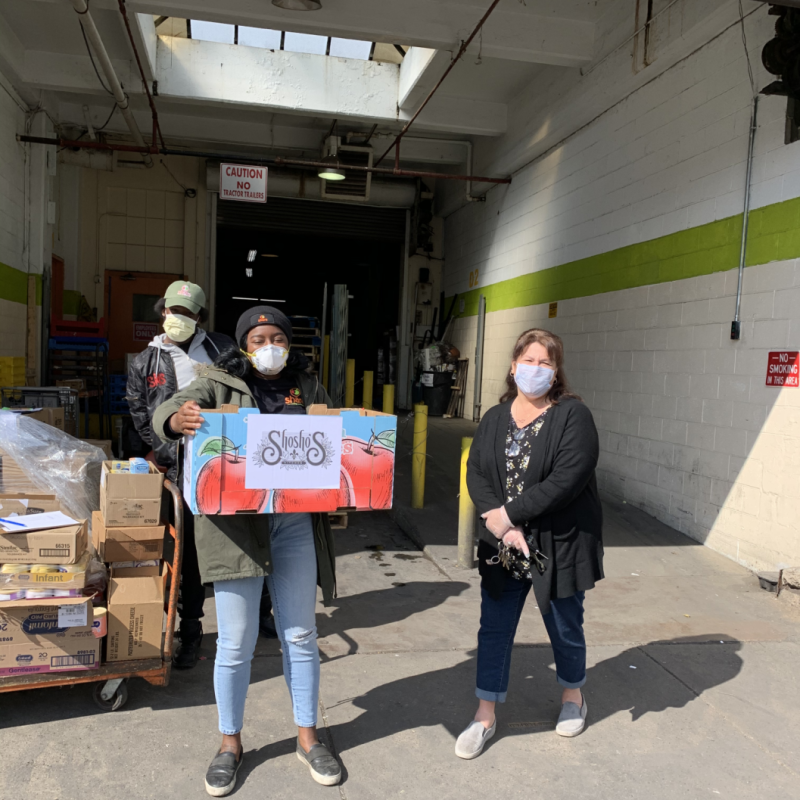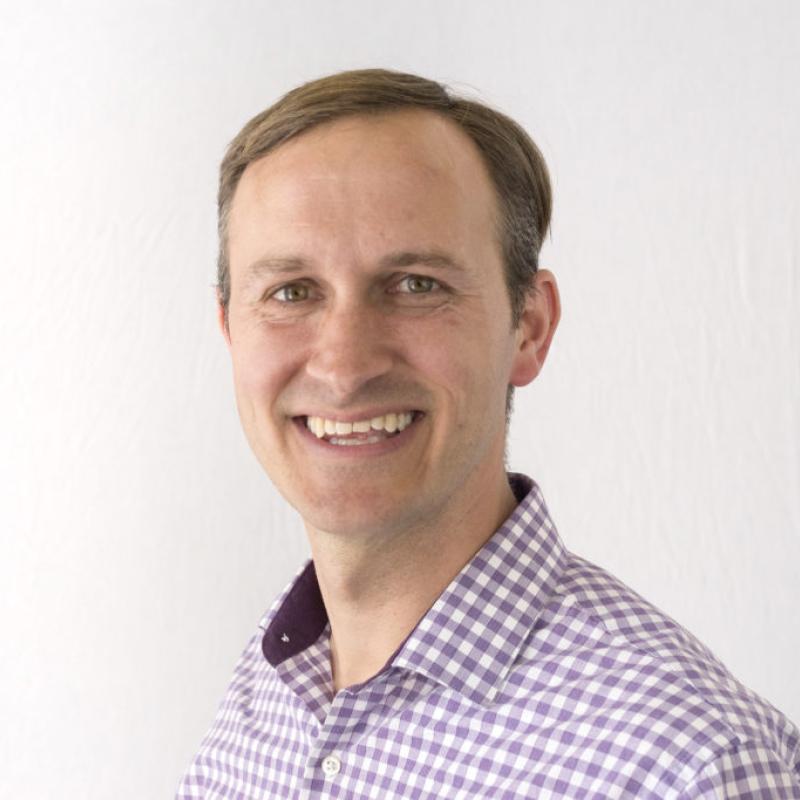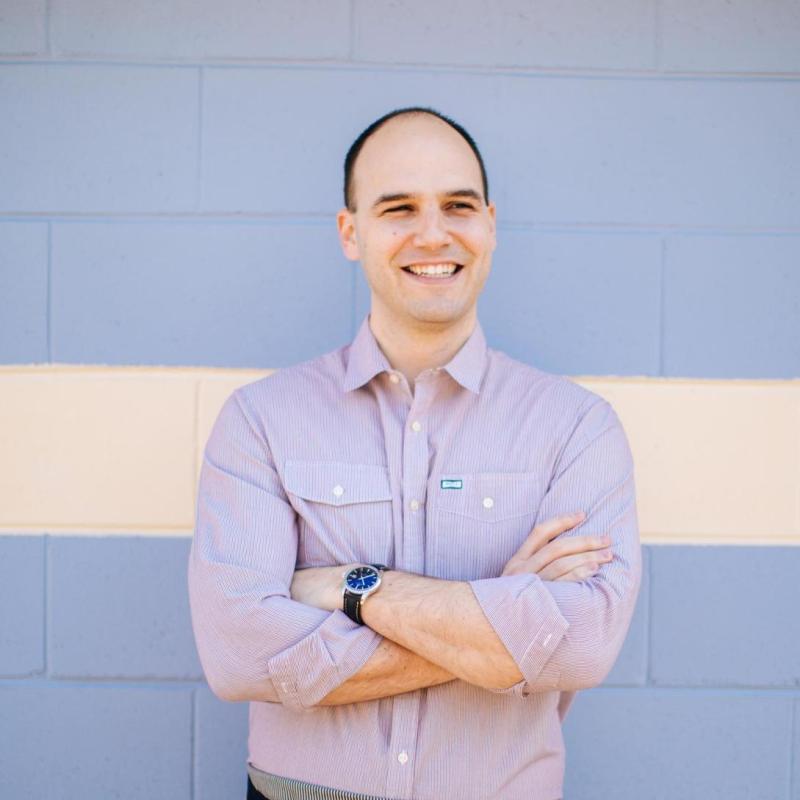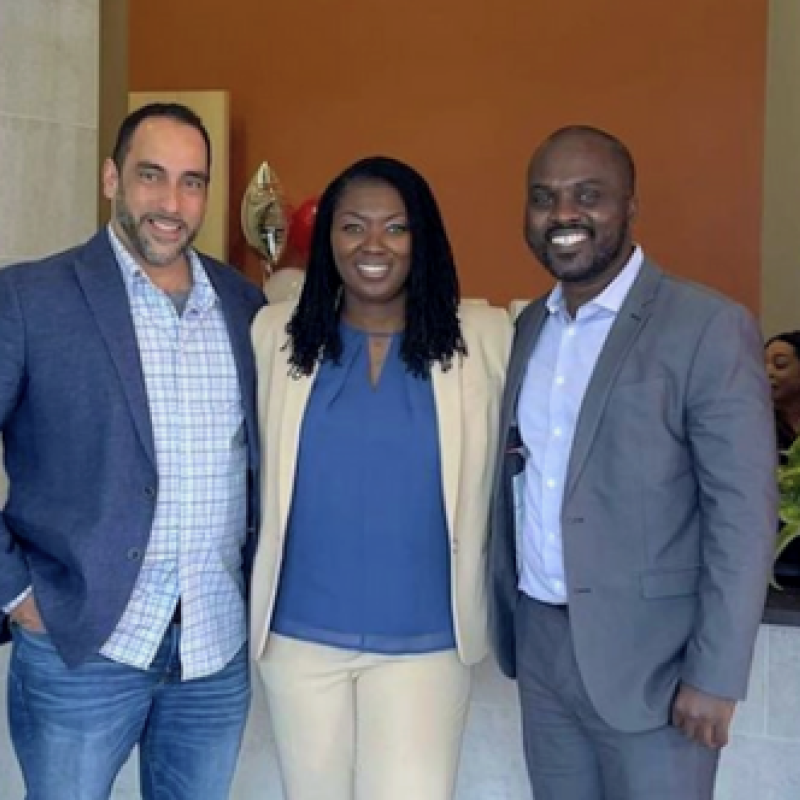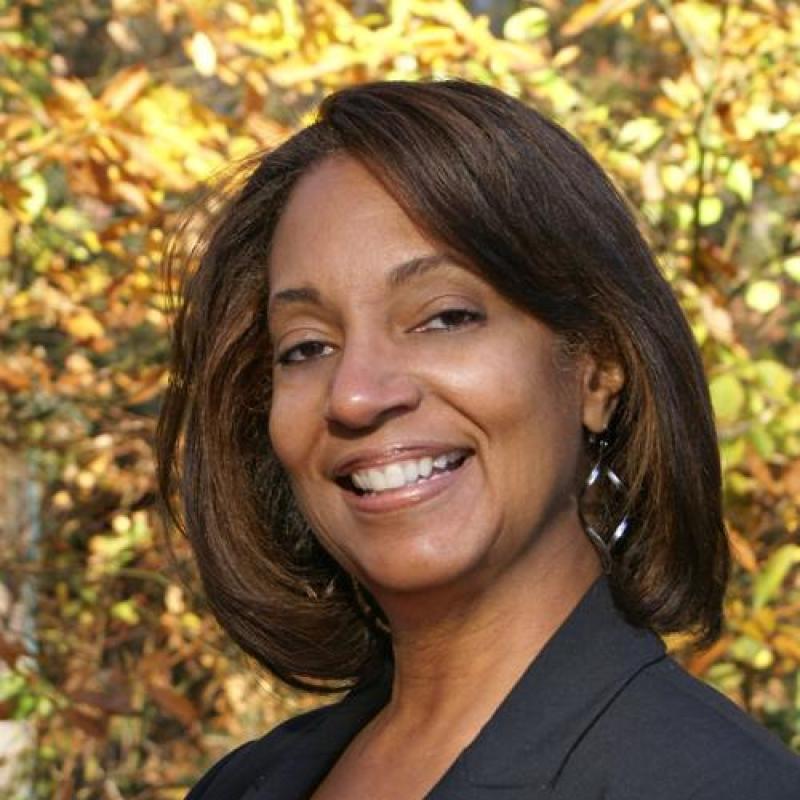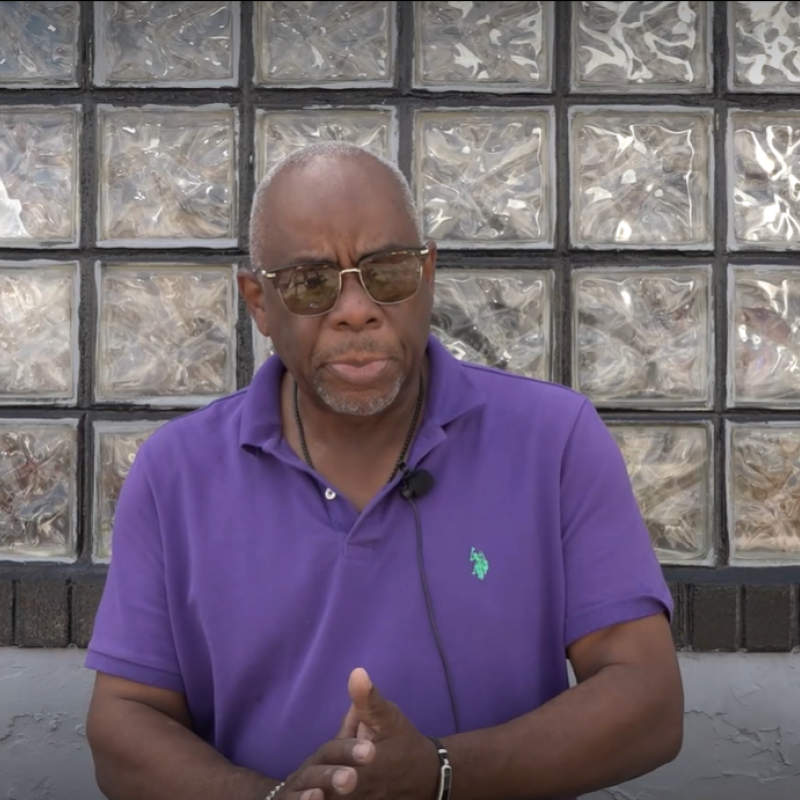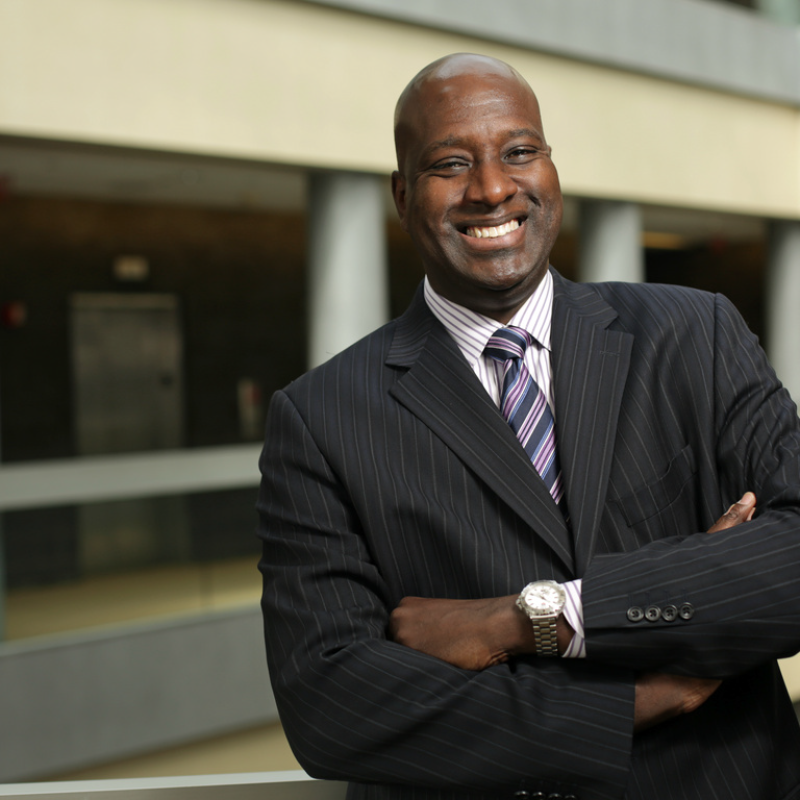The Rise of DIY Investment
Media Outlet
BRUCE KATZ AND AVANTI KROVI
Following the passage of the $1.9 trillion American Rescue Plan a year ago almost to the day, the Nowak Lab and New Localism Associates created an “Investment Playbook” tool to help cities maximize the fragmented flow of federal funds by strategically selecting geographies of opportunity and identifying and costing out concrete rescue and recovery projects within those geographies. This tool follows the simple maxim that “failing to plan is planning to fail”; federal investments may now be ample but only localities can design specific projects that are fit to place and geared for success.
The Investment Playbook approach allows cities to organize assets, build stakeholder consensus, and align investment. We have previously spotlighted the development of an Investment Playbook in Buffalo as one of the more ambitious community transformations we’ve seen in the United States. The co-investing strategy, organized through the Playbook, is already bringing together multiple sources of capital to implement a transformative vision for the East Side neighborhood. In addition to Buffalo, we worked with economic development leaders in El Paso to create an Investment Playbook for a major health corridor. This Playbook was part of our efforts with ACCELERATE El Paso, an Aspen Institute Latinos & Society Program (AILAS) initiative intended to spur an inclusive recovery for Latino businesses.
The Investment Playbook is now beginning to take hold as a common tool to use to ensure that the dizzying array of federal investments are placed in the service of local priorities. Beyond Buffalo and El Paso, for example, Erie, Pennsylvania and Greensboro, North Carolina have also prepared Playbooks in collaboration with New Localism Associates.
Significantly, a growing number of local leaders are seizing this moment and developing “Do It Yourself” (DIY) Investment Playbooks that build both on their existing work and the early models we’ve highlighted. We’ve observed at least three different communities that have further refined and elevated the Playbook concept: the Dayton Arcade District, the 52nd Street Corridor Initiative in West Philadelphia, and numerous projects spanning across city neighborhoods in Pittsburgh. As might be expected, these places have used the passage of time to provide more clarity on how to channel infrastructure projects for federal funding, curate more precise capital stacks, and respond to the disruptive dynamics that remain two years into the pandemic.

